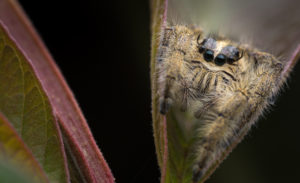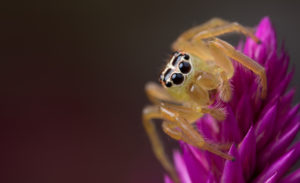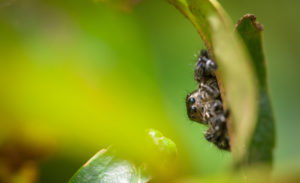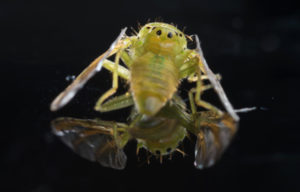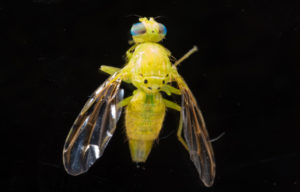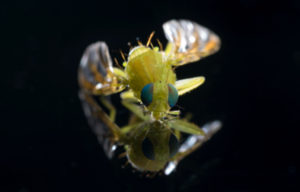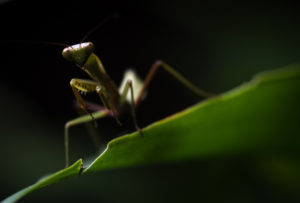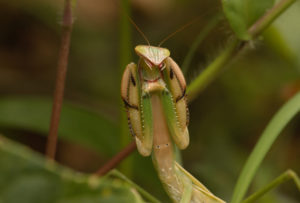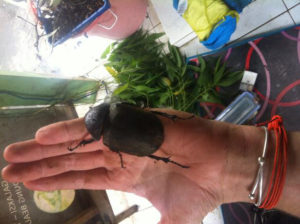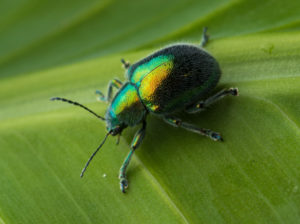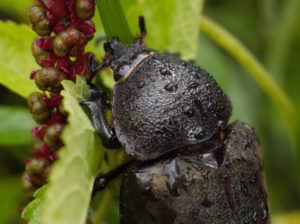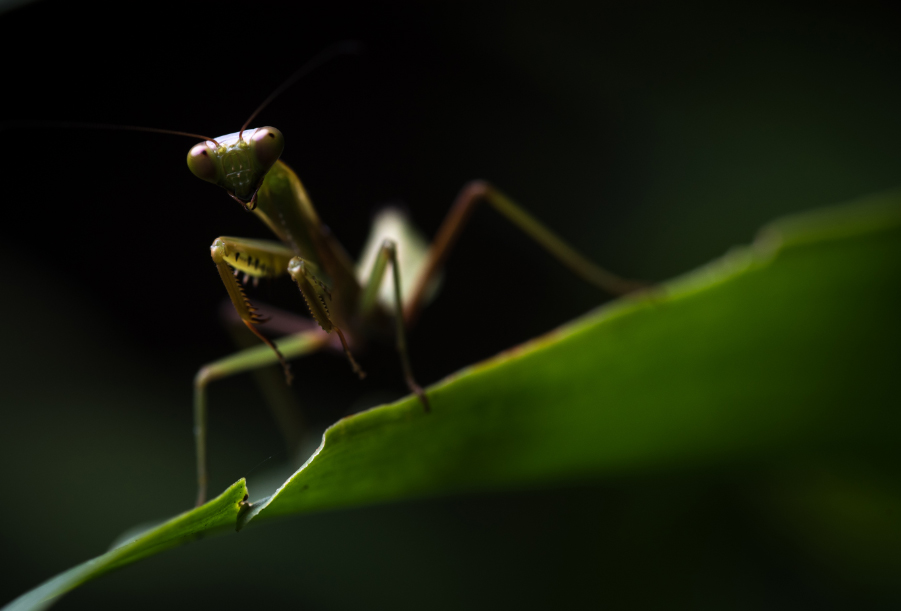
Lorises are cool aren’t they? Cute, captivating, charismatic. Everything it seems that makes them susceptible to the awful wildlife trade they are commonly persecuted for. At the LFP field site in Cipaganti I saw quite a few large and compelling animals floating or soaring or running about the agroforest. Lorises galore obviously but also Eagles, Javan Kingfishers, Common Palm civets, Leopard Cats and although I didn’t have the pleasure of seeing one there are reports of Javan Leopards in the forest above the field site here. All endlessly fascinating animals that would take even the most pro-active of individuals a lifetime studying them. But as my role at LFP the past few months has been in an entomological capacity, I have been exploring all of the animal life that has been hiding in plain sight. Not until you poke your head into the canopy of a forest patch or sift through the leaf litter do you begin to realize the incredible diversity of life in this human dominated landscape. A massively diverse microcosm of life all living their lives around us, carrying out tremendously important functions in the ecosystems we inhabit, pollinating crops, decomposing dead plant matter, beneficial creatures controlling creatures that can cause us harm. Sometimes it can be hard to remember how important these little guys are as they potter around in the tiny world they create collectively, a theme eloquently put by Dave Goulson in his book about Bumblebees, ‘A Sting in the Tale’.
“It is the threat of extinction of large mammals such as tigers or rhinoceros that tends to capture the public’s attention, but arguably it is the loss of the smaller creatures that should give us most concern. Insects are responsible for delivering numerous ‘ecosystem services’ such as pollination and decomposition, and there is no doubt that little life on earth (including ourselves) could survive without them.”
During my last trip to LFP our regular photographer Andrew Walmsley and I spent a lot of time cavorting in tree canopies, rustling through tea bushes and peeking into the undergrowth to collect biological samples and capture on film the tiny creatures that call the field site home. Using Andrews’s vast expertise and a macro lens we managed to capture a series of insights and glimpses into the Microcosmos of Cipaganti and the endless diversity of life here, all of which requires our attention. Of course I’m sure these little beauties could capture anyone’s attention if people take the time to find them.
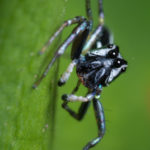
Order Araneae, Family Salticidae – Jumping Spiders.
Possibly Andrew’s favourite group, it is hard not to Anthropomorphise this group of spiders. We found these guys everywhere, rarely stopping for a shot as they danced around in search of prey. Many of these may be found simply by stopping by any tea bush and quietly gazing around for any signs of their erratic movement and curious eyes.
Order Diptera – Flies.
As we found the Jumping spiders so interesting we were delighted when we found this fly whilst in a coffee plantation setting up camera traps. In Figure A you can see the entire specimen and a wonderful case of mimicry. The anterior view of the head (B) of the fly shows, well a fly, but the view from the other end (as far as Andrew and I concluded) resembles something more sinister for potential predators (C), something not so dissimilar from a jumping spider. Similar to many butterfly species which possess eyespots to mimic a different more dangerous prey to unwanted predators, this fly has developed markings on his back to mimic a worthy opponent.
Lepidoptera – Butterflies and Moths
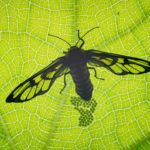 A common moth species at the field site we luckily stumbled across laying a fresh batch of eggs.
A common moth species at the field site we luckily stumbled across laying a fresh batch of eggs.
Shown with a Cigarette for scale intuitively provided by our head tracker Dendi this well camouflaged caterpillar is quite a common occurrence at the field site. Found mainly on Eucalyptus trees they burrow into the bark to create a dimple in which they seem to like resting. Also these are definitely our tracker Rahmats most feared part of his job. 20 foot cliff edge? What’s the problem? Venomous snake next to your face? Tidak apa apa! That guy? No chance.
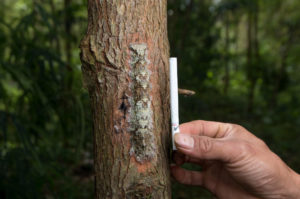
A member of the genus Jamides this butterfly exhibits some beautiful markings. Although not shown in these photographs this specimen possessed tails next to the orange and black eyespot on the hindwings. I watched this individual sat on a banana leaf and noticed that not only was its tail coloured to mimic its antenna but it would also waggle its tail as well as its antennae. Although speculative it seems an addition to its eyespots to function as an anti-predator defence mechanism to deflect attacks away from the precious head towards the posterior of the butterfly, a trait found in lunar moths to reduce predation by bats.
A sample of the huge diversity of butterfly species we have found at the LFP field site. This is still certainly a very incomplete account of what we really have here, especially many more smaller and conspicuous species still need to be recorded.
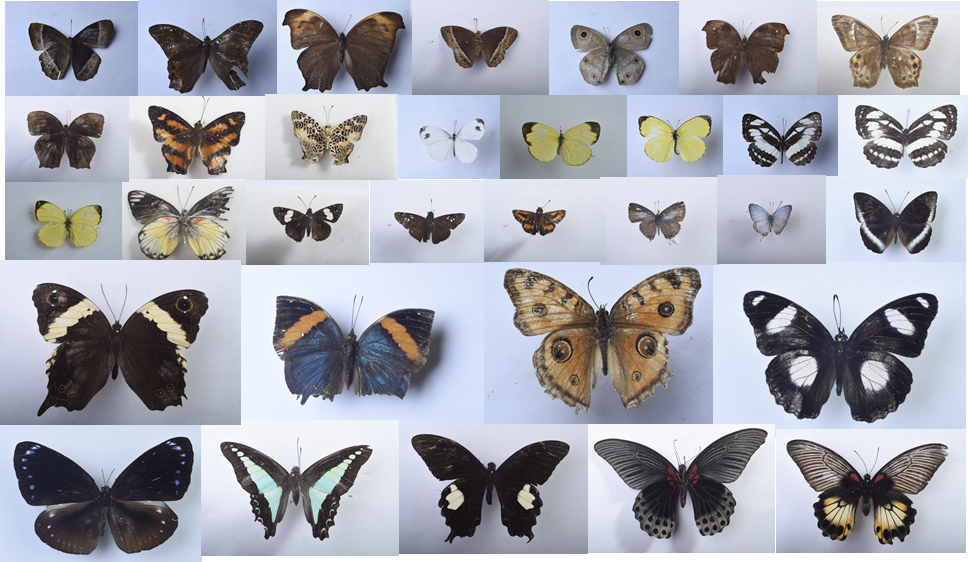
Order Mantodea – Praying Mantids.
Owing to the nature of the field site here, an agroforest with many vegetative borders and lines of trees between farms and tree plantations you can find in abundance, Mantids which sit on these borders in wait for prey.
We don’t know what this guy was doing, but without much encouragement he seemed up for posing for a photo.
Order Coleoptera – Beetles.
If you blindly picked a single species from a randomized list of all animal species, chances are you would pick out a species of beetle or Coleoptera. Whilst there are around 5500 species of mammal and 10,000 species of bird, estimates for insect species are between 850,000 – 1,000,000 (out of an estimated total of all species at 1.5 million). Of this beetles account for approximately 25% (350,000 – 400,000) of all known species to date. Although I am only showing you 3, the remaining species found at our field site in comparison to others I’m sure will attest to the figures regarding beetle diversity globally.
This species of (I believe) dung beetle was given to me by some children of the village who found it on the street (picture with hand to show scale).
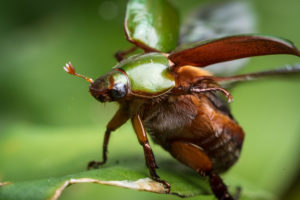
Although this is a very small account of just a miniscule sample of what can be found here I think these particular individuals do a good job portraying the importance of entomology in conservation. Entomology is a subject in its own right, but during my time at LFP trying to understand the role of insects for slow loris conservation it is becoming increasingly apparent to me how important entomology can be for other larger animals that depend so closely on these little chaps. Although they aren’t the cuddliest things in the world, each of their little habits can be of truly endless interest, their relationships with the larger animals and plants we see can be taken for granted and their importance to everything cannot be underestimated. Although Charles Comiskey was just a baseball player in the 19th century, this quote of his I think fits well to the role of insects (and spiders and worms and snails) in our world and the notion of losing even a fraction of them.
“It is the small things in life which count; it is the inconsequential leak which empties the biggest reservoir.”
Next time you are outdoors take time to go beyond smelling the roses and you’ll see an entire Microcosmos of life, living their lives right in front of us. Let’s make sure they’re happy doing so.
- Albie Henry
- Visiting Student


